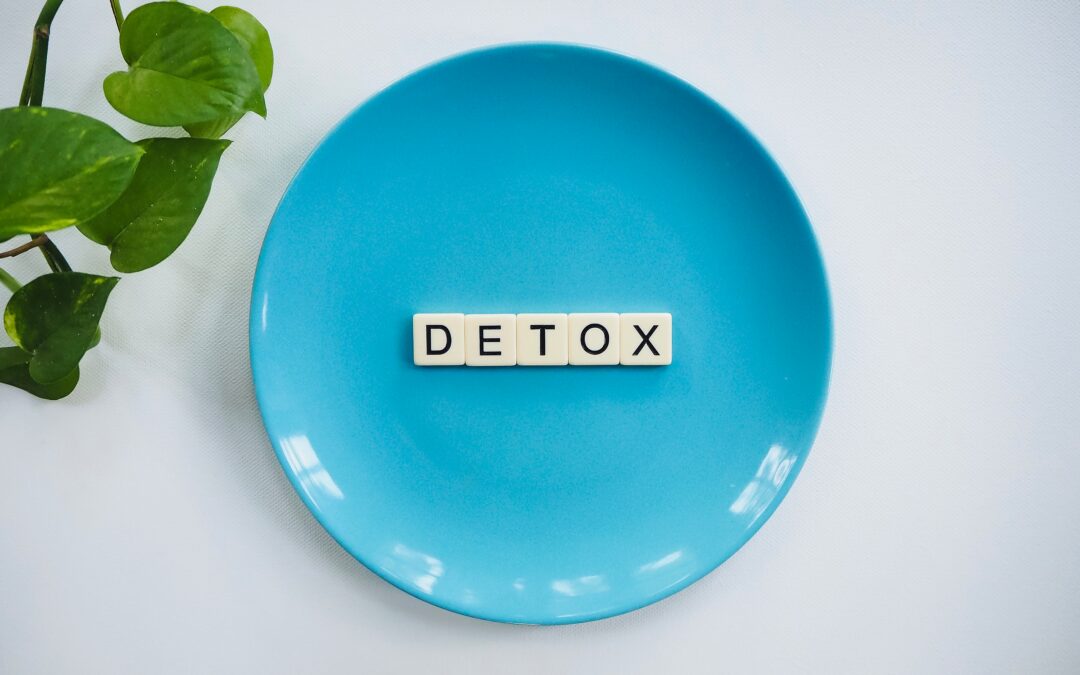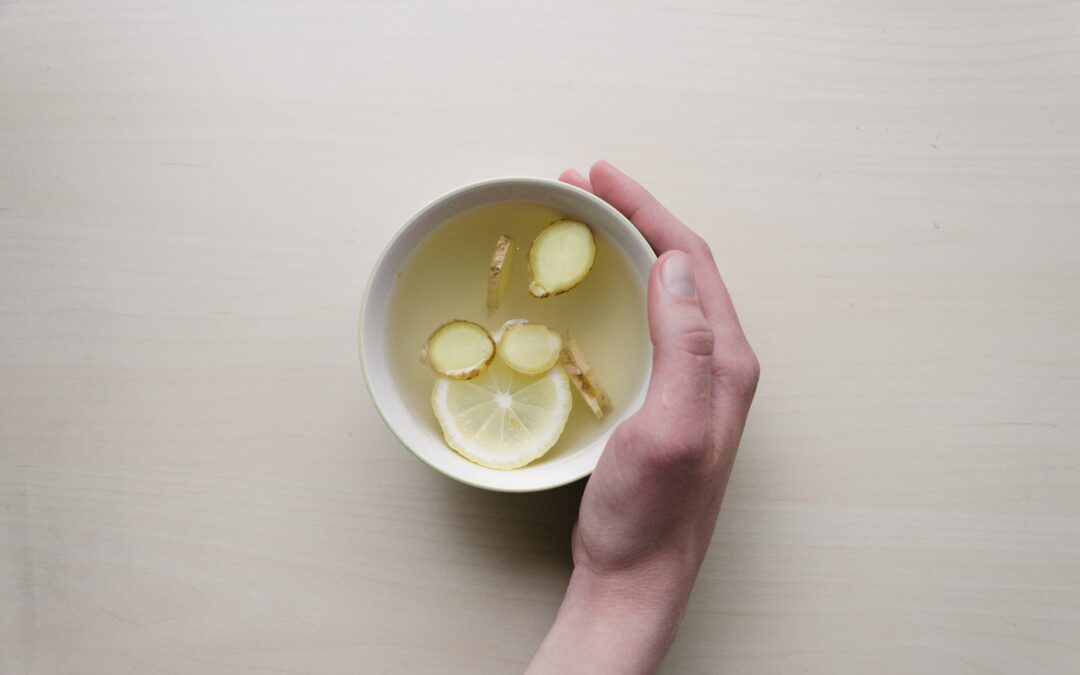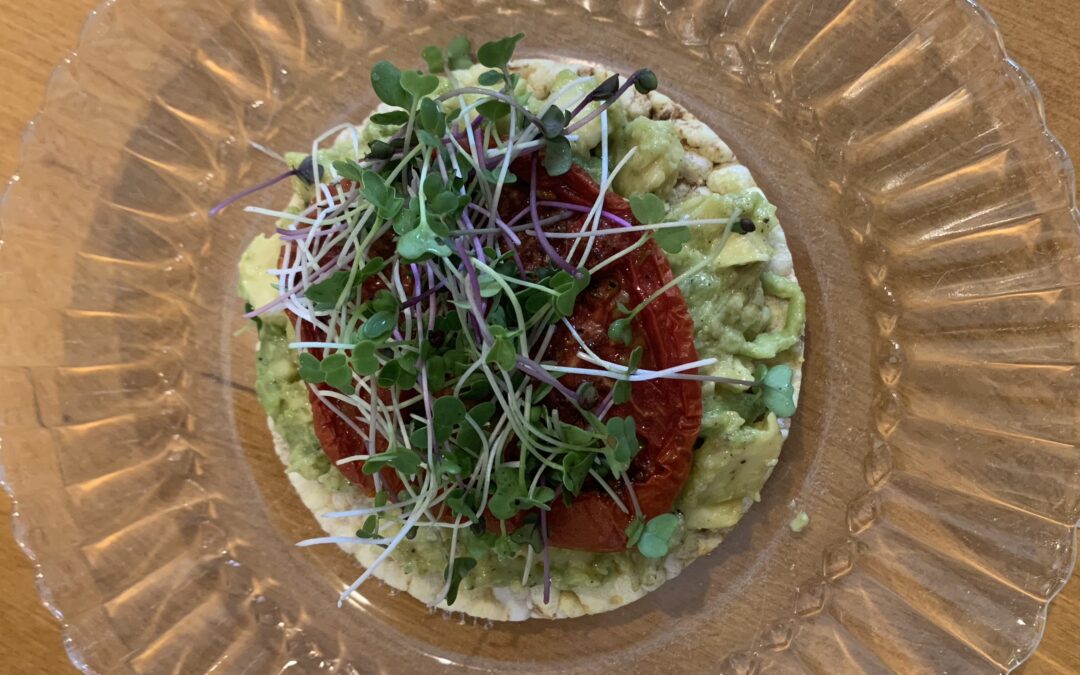
How to Optimize your Immune System to Defend against Viruses

-807 Ways to Optimize your Immune System Function & Defend Against Viruses
If you’re worried about Coronavirus, simply wearing a mask and gloves, and washing your hands frequently and not touching your face, are not the only, or even the most effective preventive measures you should be taking.
For sure, keep washing your hands – this is always important! But ALSO make sure you’re focusing on doing things to support your immune system so it can do its job effectively.
The army, that is our immune system, is always on the lookout for a cell that is mis-behaving.
Mis-behaving cells might be: a cancer cell, a virus, bad bacteria, a toxin, or anything that gets into the system that is foreign.
And when it comes to protecting ourselves from viruses we especially need to focus on supporting the production of our natural killer (NK) cells.
Natural killer cells are the cells in our innate immune system that destroy other cells that have been infected by VIRUSES or cancerous cells
Here’s how to support the production of natural killer cells, and our overall immune function:
1. Don’t smoke
because it seriously decreases really bad for NK cell production
2. Exercise regularly
because it’s the one practice most supported by research for really supporting NK cell production. Just move your body any way you can!
3. Focus on optimal nutrition
as the immune system (among all the body’s systems) responds most sensitively to subtle changes in our nutritional status.
Did you know that we literally make 2,000 immune cells every minute?
And the better our nutrition, the better we’re able to make those immune cells.
A diet low in processed foods and sugar, and high in plant-based whole foods I related to a healthier immune system. Enjoy a wide variety of fruits and vegetables and choose organic as much as possible.
Key immune supportive nutrients include:
- Essential fatty acids (omega 3s)
- Folate
- Iron
- Protein
- Selenium (Brazil nuts are a great source of this; eat just 2 a day)
- Vitamins A, B6, C, E, D (Note: To get Vitamin D get direct sunlight on your body for at least 15 minutes a day, or use a high quality supplement. I recommend this Vitamin D supplement)
- Magnesium (Vitamin D can’t be metabolized without sufficient magnesium, and at least 50% of Americans are deficient in Magnesium)
- Zinc (good to supplement with if you start to feel sick; I use this one)
- Curcumin (the main active ingredient in turmeric) + black pepper to get maximum benefit from it, as piperine enhances curcumin absorption in the body by up to 2,000% (with just 1/20 tsp or more of black pepper)
- Rosemary
- Oregano
- Cardamom (which is a champion in boosting NK cells)
- Antioxidants (berries are a champion in boosting NK cells!)
- And of course, pre- and probiotics to support a healthy microbiome. This means eating fermented foods and a variety of different fiber-rich vegetables. 70-80% of our immune system resides in our gut, which is where the majority of our microbiome is. By consuming probiotic and prebiotic foods, you can stimulate the digestion of nutrients that support your immune system.
** Nutrients can (and SHOULD) come from food as much as possible.
To learn which foods are best to eat daily to support optimal immune function check of my other blog post where I talk about G-BOMBS. MUSHROOMS are one of these foods that are especially effective for fighting off viruses because they enhance natural killer cell function.
However, if you know you’re deficient, or you feel you’re not eating enough of the foods that will give you these nutrients, then be sure to choose a high quality supplement. I recently watched part of the online summit, Supplements Revealed, and it emphasized not only that you might be wasting money on cheap supplements, but they can actually be harmful. So that’s why I only use, and only recommend ones that I know are from a reputable company. Such as Thorne Research which makes the Vitamin D supplement I recommend. Other companies I recommend include:
4. Get enough sleep.
Well-rested people are less likely to catch an illness. For most this means 7-9 hours a night, but also make sure you aren’t staying up too late as the best sleep we get is between 10pm and 2am.
5. Make sure you’re pooping daily.
Constipation (not pooping daily with ease), will increase the body’s load of toxins, and that also can impair immune system function. Gradually increasing your consumption of fiber rich plant foods will help, esp. flax and chia seeds.
6. Keep your blood sugar balanced.
Blood sugar and insulin production can also impair the body’s immune function. And in general, sugar and processed foods impair immune system function so again, be sure to focus on eating whole unprocessed foods, esp. lots of fiber-rich fruits and vegetables.
7. Practice DEEP BREATHING
This will help both reduce stress and support your lymph flow.
Stress hormones suppress your immune system. And deep breathing is one of the easiest and fastest ways to quickly reduce stress.
Also, the health of our lymphatic system is closely related to the health of our immune system. It’s the place where immune cells are born!
The lymph removes the waste, debris, and disease components such as viruses, bacteria and toxic matter.
In general (meaning for all of us), and particularly for people with viruses, infection, cancer, inflammation and some autoimmune conditions like rheumatoid arthritis – it’s important to keep the lymph flowing.
There are 4 easy ways to assist your body with lymphatic drainage:
- Deep breathing
- Rebounding
- Massage and movement
- The topical application of castor oil
DEEP BREATHING is probably the easiest and most effective of these 4 practices for optimizing your immune function! The pressure variance with the lung expansion and contraction moves the lymph and also helps to open the ducts to allow the lymph to re-enter the bloodstream at the base of the neck.
Deep, slow diaphragmatic breathing for 10 minutes a day will oxygenate blood and also circulate the lymph throughout the entire body.
If you’re able to do deep breathing 10 times, 3 times a day (morning, evening and before bed) you’ll notice a huge difference in your energy, your clarity and your ability to ward off illnesses.
My instructor, Andrea Nakayama, recommends this ratio of breathing:
- Breath in for 1 count
- Hold for 4 counts
- Breath out for 2 counts
- Go ahead and do that now.
Personally, I practice Dr. Weil’s 4-7-8 breathing technique (but it should only be done for 5 breathes at a time).
- Breath in for 4 count (through your nose)
- Hold for 7 count
- Breath out for 8 count(though you mouth)
And if you want to challenge yourself, for maximum benefit, try the Wim Hof method, with this guided video.
Or, if you want an easier option, simply blow bubbles. For anyone who has a hard time breathing, blowing bubbles is recommended instead (which would be a great activity with kids!). Blowing bubbles for just a few minutes a day can be very beneficial in aiding lymphatic flow.
If you have cold or flu-like symptoms and you want to know if its coronavirus, read this article from Parsley Health.
Photo by Anna Shvets from Pexels


















